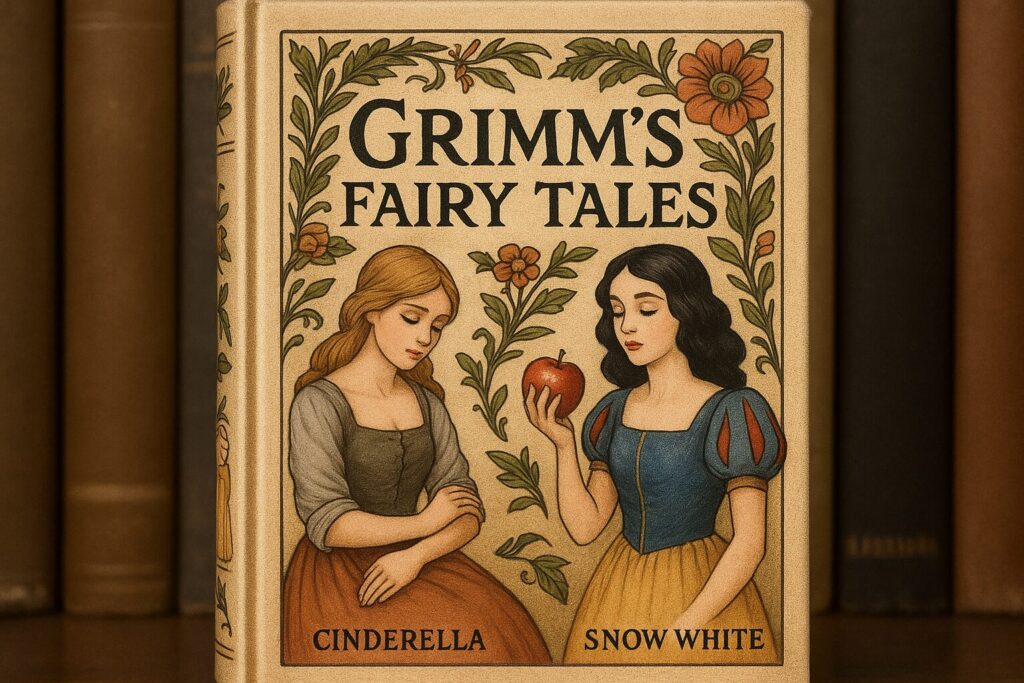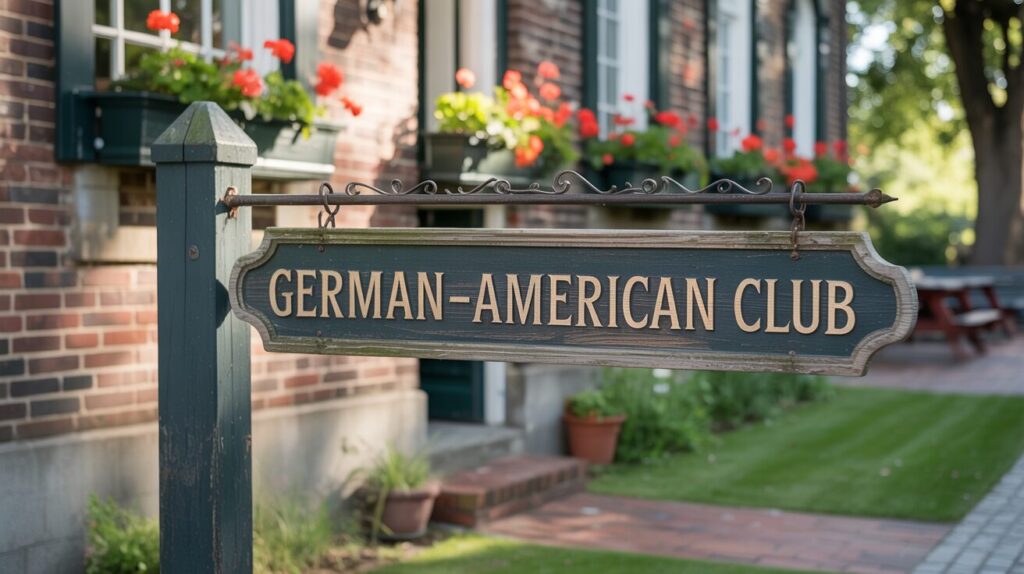Few holiday traditions capture the magic of Christmas anticipation quite like German Advent Calendars. As a child, opening one each December morning was something I eagerly looked forward to. Whether it was the intricate paper illustrations that seemed to glow with nostalgia or the sweet chocolate-filled surprises I couldn’t wait to unwrap, these calendars brought daily moments of joy. Even today, they remain cherished keepsakes around the world. What began in 19th-century Germany as a simple way to count down the days has grown into a global symbol of festive cheer, with versions ranging from devotional images to playful LEGO sets and even gingerbread house–building kits.
If you’re looking to embrace the holiday spirit while discovering a tradition with rich history, German Advent Calendars are a perfect place to start. And if you’d like to bring one home, I’ll share a few favorites you can order online through the links below.
The History of German Advent Calendars
The origins of the Advent calendar stretch back to the early 19th century, when German Lutherans marked the days leading up to Christmas in simple, meaningful ways. Families might chalk lines on doors, hang devotional images, or light candles to symbolize the countdown.
One of the earliest known Advent calendars appeared in 1851, though it was Johann Hinrich Wichern, a German Protestant pastor, who popularized the idea of counting down the season with a wooden “Advent wheel” lit by candles. This idea eventually inspired both the Advent wreath and the calendar format we know today.
The real breakthrough came in the early 1900s, thanks to Gerhard Lang. Inspired by the simple homemade calendars his mother made for him as a boy, he created the first printed cardboard versions. Each one had tiny doors or windows that opened to reveal a picture—or sometimes a little treat—adding a sense of daily wonder to the countdown. During World War II, production slowed as materials were scarce, but the tradition didn’t disappear. After the war, German publishers brought the calendars back, and by the 1950s a sweet new twist was added: chocolate. These chocolate-filled Advent calendars quickly became a holiday favorite, and before long the idea had spread well beyond Germany, delighting families around the world.
Of course, Advent calendars are just one piece of Germany’s festive season. From glowing Advent wreaths to bustling Christmas markets, these traditions all add to the magic of December. If you’d like to learn more, take a look at my full article on Exploring the Heartwarming German Traditions.
The Classic Paper Advent Calendar
At the center of the tradition lies the paper Advent calendar. These are often beautifully illustrated, featuring wintry villages, snowy churches, or festive market scenes. Each numbered window hides a small image, verse, or devotional reminder.
Part of the magic lies in their artistry. Many paper calendars are designed to glow when placed against a window, letting the winter light shine through delicate details. Collectors around the world seek out German-made calendars, especially those produced in traditional workshops in Bavaria or the Erzgebirge.
These calendars are lightweight, affordable, and often reusable, making them a timeless way to pass down tradition from one generation to the next. They’re also one of the easiest ways to connect with the authentic roots of Advent.



Chocolate Advent Calendars: A Sweet German Innovation
While paper calendars connect us to the past, chocolate Advent calendars represent a delightful modern twist. Emerging in the 1950s, they quickly became a holiday staple for families with children.
Each day, instead of just a picture, a small chocolate treat is revealed – turning the countdown into something delicious. German chocolatiers were among the first to make these, and today, many premium brands still craft beautifully designed calendars filled with high-quality chocolates.
For kids, the ritual of rushing to open the day’s window is unforgettable. For adults, chocolate calendars bring a touch of nostalgia and indulgence to December mornings.



Modern Twists: LEGO & Building Kit Advent Calendars
While paper and chocolate remain the most iconic, modern Advent calendars have expanded into imaginative new directions. Among the most popular are LEGO Advent calendars. Each day reveals a small buildable toy – mini figures, accessories, or tiny holiday scenes – that add up to a festive set by Christmas Eve. These calendars are especially popular with children, families, and collectors who enjoy the hands-on fun.
Another trend inspired by German creativity is the building kit Advent calendar. Instead of candy or toys, these feature components for a bigger project—such as constructing a wooden gingerbread house, a decorative Christmas train, or other festive crafts. Each day provides a new piece until the set is complete, offering a unique blend of anticipation and accomplishment.
While these modern versions may not have the nostalgic charm of paper or the sweet satisfaction of chocolate, they highlight how adaptable the Advent calendar tradition has become.



Choosing the Right German Advent Calendar
With so many varieties, how do you choose? A few tips:
- For Tradition Lovers: Choose a German paper calendar with illustrated scenes, especially those from traditional workshops.
- For Families with Kids: Chocolate calendars never disappoint, and LEGO versions add extra fun.
- For Collectors: Wooden or reusable calendars make beautiful keepsakes you can fill year after year.
- For Creativity: Building kits are perfect for families who enjoy crafting together.
The most important factor is who will enjoy it. Whether it’s a nostalgic paper design or a playful building project, the right calendar becomes part of your family’s December rhythm.
Why German Advent Calendars Still Matter
Beyond the treats or toys, German Advent Calendars embody a deeper meaning: the joy of slowing down, savoring anticipation, and celebrating small moments of delight during the holiday season.
At a time when Christmas can feel rushed or commercialized, these calendars remind us of the beauty of waiting. Opening each window—whether to discover a picture, a chocolate, or a LEGO figure—keeps the magic of December alive.
For many, it’s not just a countdown to Christmas. It’s a tradition that brings families together, sparks nostalgia, and honors German craftsmanship that has enchanted the world for over a century.
Conclusion
German Advent Calendars are more than holiday decorations—they are bridges between past and present, tradition and innovation. From the delicate paper illustrations of old to the chocolate-filled calendars beloved by children, and now LEGO and building kits that inspire creativity, they continue to capture imaginations across generations.
This holiday season, consider bringing one into your home. Whether you’re drawn to a classic paper calendar, a sweet chocolate surprise, or a playful LEGO adventure, you’ll be part of a tradition that has brought joy since the 1800s.
Explore Amazon’s best selling Advent Calendars and start your countdown to Christmas today
FAQ
What is a German Advent Calendar?
A German Advent Calendar is a holiday tradition that helps count down the days of December until Christmas Eve. Originating in 19th-century Germany, these calendars often feature 24 small doors or windows, each hiding a picture, piece of chocolate, or small gift. Today, they come in many forms, from traditional paper versions to chocolate-filled calendars and even LEGO sets.
Why are German Advent Calendars special compared to regular ones?
German Advent Calendars are considered the originals. They combine history, craftsmanship, and cultural charm. Traditional German paper calendars often feature beautiful, hand-illustrated winter scenes, while German chocolate calendars are known for high-quality sweets. Buying one is not just about the countdown—it’s about bringing a piece of German holiday tradition into your home.
What kinds of German Advent Calendars are available today?
The most popular are:
Paper calendars with devotional or festive images.
Chocolate calendars with daily treats.
Reusable wooden calendars you can fill yourself.
LEGO and building-kit calendars, where each day adds a toy or craft project.
This variety makes it easy to find a calendar suited for kids, adults, collectors, or anyone who loves holiday surprises.
When should I start using an Advent Calendar?
Most German Advent Calendars begin on December 1st and run through December 24th, ending on Christmas Eve. Each day, you open one door or window to reveal that day’s surprise. Some traditional versions may begin with the start of Advent on the church calendar, which can fall in late November, but the December 1–24 format is most common.
Where can I buy authentic German Advent Calendars?
Authentic German Advent Calendars are widely available online. Amazon carries both traditional paper calendars imported from Germany and German-made chocolate versions. You’ll also find LEGO and themed calendars there, along with handcrafted wooden designs.




